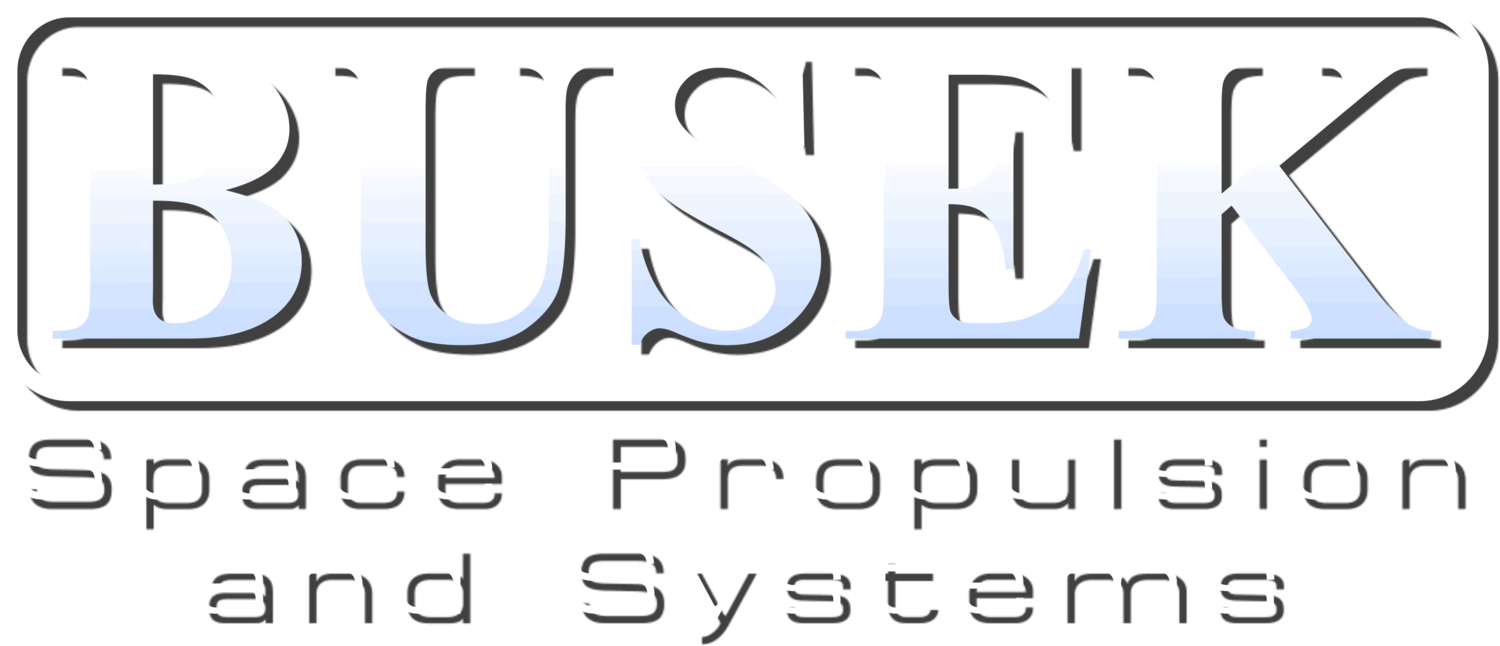LISA PATHFINDER
FIRST FLIGHT ELECTROSPRAY THRUSTER- LAUNCHED 2006
In 2008 Busek delivered to NASA’s JPL eight electrospray thrusters clusters for the NASA/ESA LISA Pathfinder mission, ST7. This technology demonstration mission has been undertaken to prepare for the Laser Interferometry Space Antenna (LISA), which is a gravity wave observatory. Albert Einstein predicted the existence of gravitational waves - ripples in space and time - in 1915, occuring as the result of events such as closely-orbiting binaries, black hole mergers and the aftermath of the Big Bang.
In order to measure gravity waves, the satellites must be in a completely noise-free environment - even the solar pressure from the sun must be eliminated. The purpose of the Busek Electrospray Thrusters is to counteract small (micro-Newton) disturbance forces in a very precise manner (requiring precision on the order of 100 nano-Newtons). The culmination of a 6-year development effort, with its genesis as a Phase 1 SBIR (JPL), the Electrospray Thruster Clusters consist of complete systems of thrusters, feed systems, propellant storage, power electronics, and digital control interface unit.
LISA Pathfinder launched from Kourou in December of 2015 and all electrospray thruster units were successfully commissions in January 2016, after having been stored, fully fueled for nearly eight years. After reaching Earth-Sun Lagrange Point 1, the thrusters accumulated an average of 2,500 hours operation each and met 100% of mission goals.
In recognition of this ground-breaking technical effort, Busek received the 2008 paper of the year award by the AIAA Joint Propulsion Conference Electric Propulsion Technical Committee. The AIAA also awarded Busek a 2017 Electric Propulsion Outstanding Acheivement Award for the successful flight demonstration of a micro-Newton colloid electrospray propulsion system on the LISA Pathfinder spacecraft. NASA awarded Busek’s Founder Dr. Vlad Hruby the Exceptional Public Achievement Medal in 2017 for Busek’s contributions to the successful mission.
The technology and its derivatives have as direction applications in deep-space laser communications, formation-flight, star-shades and sun-shades, and propulsive ACS.




